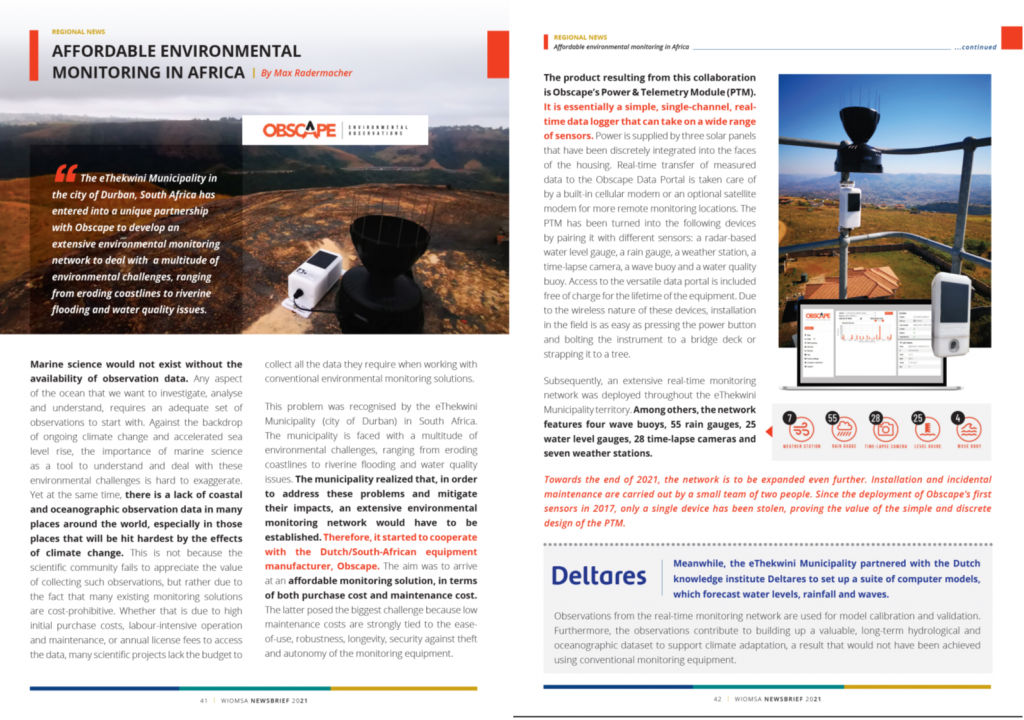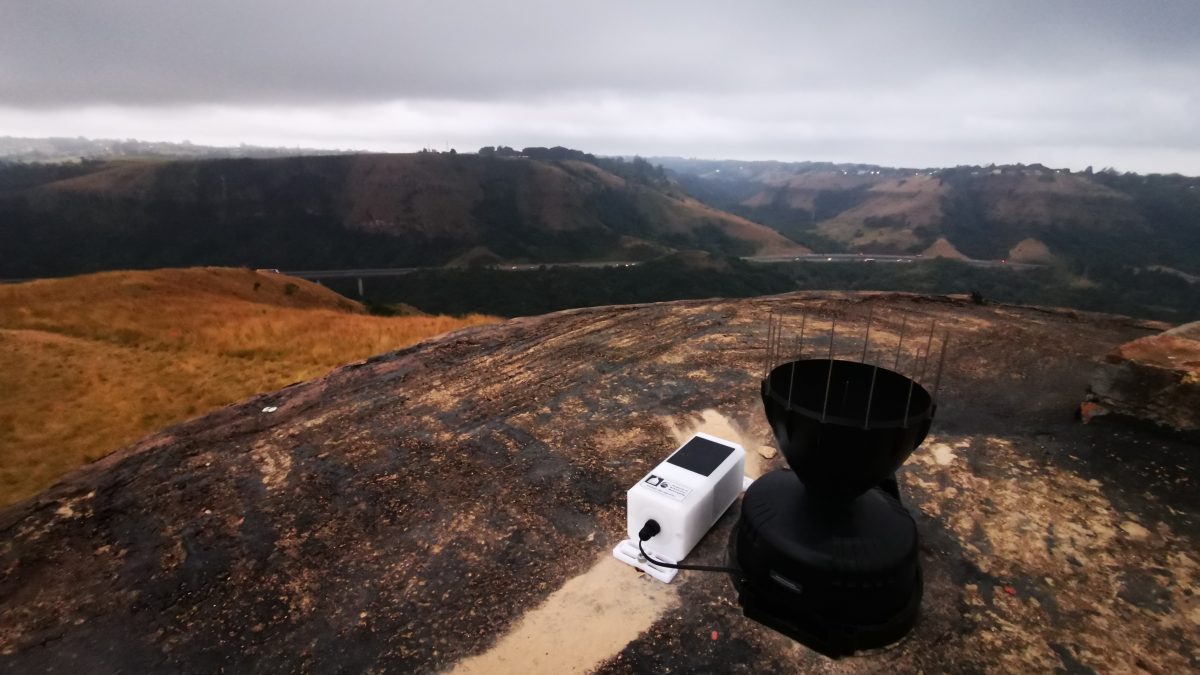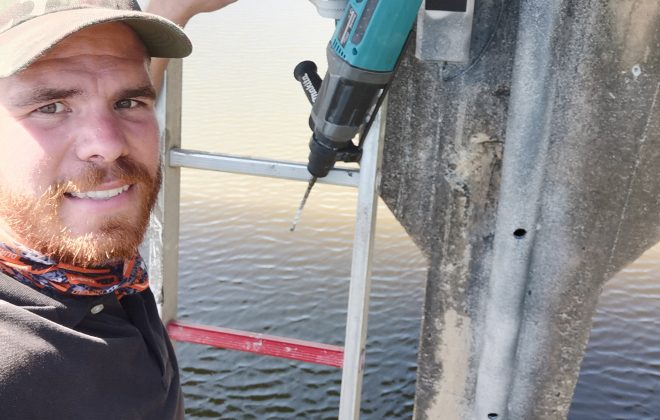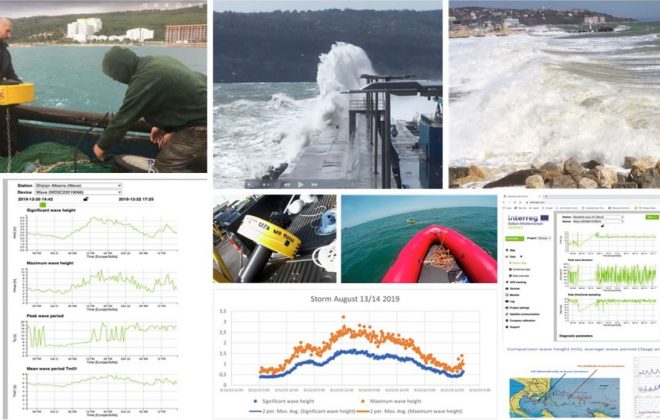Affordable environmental monitoring in Africa?
Sub-Saharan environmental challenges, ranging from eroding coastlines to riverine flooding and water quality issues.
WIOMSA news brief article.
Written by Dr. Max Radermacher.
Director at Obscape.
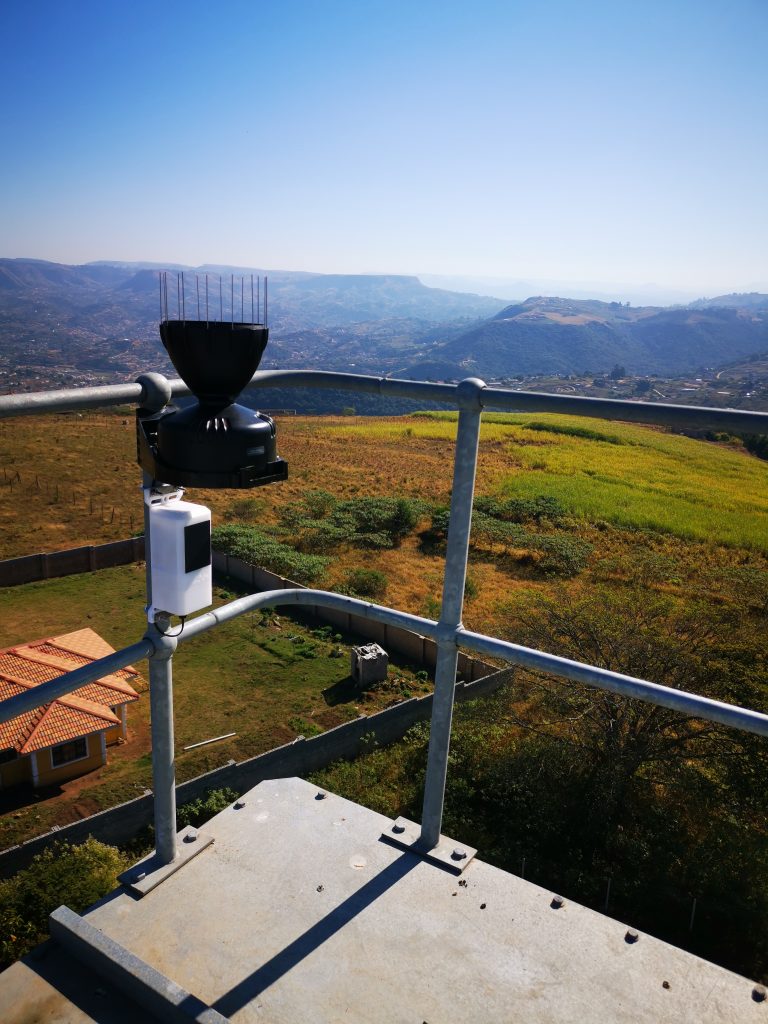
Marine science would not exist without the availability of observation data. Any aspect of the ocean that we want to investigate, analyse and understand, will require an adequate set of observations to start with. Against the backdrop of ongoing climate change and accelerated sea level rise, the importance of marine science as a tool to understand and deal with these environmental challenges is hard to exaggerate. Yet at the same time, there is a lack of coastal & oceanographic observation data in many places around the world, especially in those places that will be hit the hardest by the effects of climate change. This is definitely not because the scientific community fails to appreciate the value of collecting such observations, but rather due to the fact that many existing monitoring solutions are cost-prohibitive. Whether that is due to high initial purchase costs, labour-intensive operation and maintenance or annual license fees to access the data, many scientific projects are lacking the budget to collect all the data they require when working with conventional environmental monitoring solutions.
This problem was recognised by the eThekwini Municipality (city of Durban) in South Africa. The municipality is faced with a multitude of environmental challenges, ranging from eroding coastlines to riverine flooding & water quality issues. They realised that, in order to address these problems & mitigate their impacts, an extensive environmental monitoring network would have to be established. Therefore, the municipality started to cooperate with the Dutch / South-African equipment manufacturer Obscape. The aim was to arrive at an affordable monitoring solution, in terms of both purchase cost and maintenance cost. The latter posed the biggest challenge, since low maintenance costs are strongly tied to the ease-of-use, robustness, longevity, security against theft & autonomy of the monitoring equipment.
The product resulting from this collaboration is Obscape’s Power & Telemetry Module (PTM). It is essentially a simple, single-channel, real-time data logger that can take on a wide range of sensors. Power is supplied by three solar panels, that have been discretely integrated into the faces of the housing. Real-time transfer of measurement data to the Obscape Data Portal is taken care of by a built-in cellular modem or an optional satellite modem for more remote monitoring locations. The PTM has been turned into the following devices by pairing it with different sensors: a radar-based water level gauge, a rain gauge, a weather station, a time-lapse camera, a wave buoy and a water quality buoy. Access to the versatile data portal is included free of charge for the lifetime of the equipment. Due to the wireless nature of these devices, installation in the field is as easy as pressing the power button and bolting the instrument to a bridge deck or strapping it to a tree. Subsequently, an extensive real-time monitoring network was deployed throughout the eThekwini Municipality territory. Among others, the network features four wave buoys, 55 rain gauges, 25 water level gauges, 28 time-lapse cameras and 7 weather stations. Towards the end of 2021, the network is to be expanded even further. Installation and incidental maintenance are carried out by a small team of 2 persons. Since the deployment of Obscape’s first sensors in 2017, only a single device was stolen, proving the value of the simple and discrete design of the PTM. Meanwhile, the eThekwini Municipality partnered with the Dutch knowledge institute Deltares to set up a suite of computer models, which forecast water levels, rainfall and waves. Observations from the real-time monitoring network are used for model calibration and validation. Furthermore, the observations contribute to building op a valuable, long-term hydrological and oceanographic dataset to support climate adaptation. A result that would not have been achieved using conventional monitoring equipment.
Marine science would not exist without the availability of observation data. Any aspect of the ocean that we want to investigate, analyse and understand, will require an adequate set of observations to start with. Against the backdrop of ongoing climate change and accelerated sea level rise, the importance of marine science as a tool to understand and deal with these environmental challenges is hard to exaggerate. Yet at the same time, there is a lack of coastal and oceanographic observation data in many places around the world, especially in those places that will be hit the hardest by the effects of climate change. This is definitely not because the scientific community fails to appreciate the value of collecting such observations, but rather due to the fact that many existing monitoring solutions are cost-prohibitive. Whether that is due to high initial purchase costs, labour-intensive operation and maintenance or annual license fees to access the data, many scientific projects are lacking the budget to collect all the data they require when working with conventional environmental monitoring solutions.
This problem was recognised by the eThekwini Municipality (city of Durban) in South Africa. The municipality is faced with a multitude of environmental challenges, ranging from eroding coastlines to riverine flooding and water quality issues. They realised that, in order to address these problems and mitigate their impacts, an extensive environmental monitoring network would have to be established. Therefore, the municipality started to cooperate with the Dutch / South-African equipment manufacturer Obscape. The aim was to arrive at an affordable monitoring solution, in terms of both purchase cost and maintenance cost. The latter posed the biggest challenge, since low maintenance costs are strongly tied to the ease-of-use, robustness, longevity, security against theft and autonomy of the monitoring equipment.
The product resulting from this collaboration is Obscape’s Power & Telemetry Module (PTM). It is essentially a simple, single-channel, real-time data logger that can take on a wide range of sensors. Power is supplied by three solar panels, that have been discretely integrated into the faces of the housing. Real-time transfer of measurement data to the Obscape Data Portal is taken care of by a built-in cellular modem or an optional satellite modem for more remote monitoring locations. The PTM has been turned into the following devices by pairing it with different sensors: a radar-based water level gauge, a rain gauge, a weather station, a time-lapse camera, a wave buoy and a water quality buoy. Access to the versatile data portal is included free of charge for the lifetime of the equipment. Due to the wireless nature of these devices, installation in the field is as easy as pressing the power button and bolting the instrument to a bridge deck or strapping it to a tree. Subsequently, an extensive real-time monitoring network was deployed throughout the eThekwini Municipality territory. Among others, the network features four wave buoys, 55 rain gauges, 25 water level gauges, 28 time-lapse cameras and 7 weather stations. Towards the end of 2021, the network is to be expanded even further. Installation and incidental maintenance are carried out by a small team of 2 persons. Since the deployment of Obscape’s first sensors in 2017, only a single device was stolen, proving the value of the simple and discrete design of the PTM. Meanwhile, the eThekwini Municipality partnered with the Dutch knowledge institute Deltares to set up a suite of computer models, which forecast water levels, rainfall and waves. Observations from the real-time monitoring network are used for model calibration and validation. Furthermore, the observations contribute to building op a valuable, long-term hydrological and oceanographic dataset to support climate adaptation. A result that would not have been achieved using conventional monitoring equipment.
